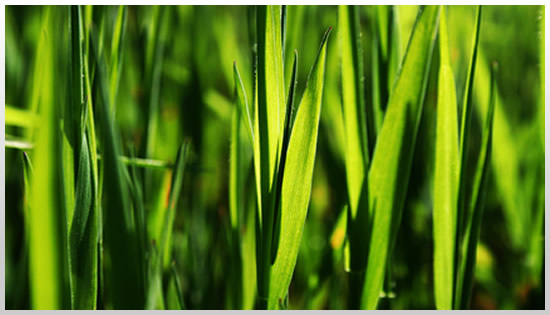RESTORING YOUR LAWN FROM ONE SEASON TO THE NEXT

A few helpful hints can help you weather the challenge of going from one season to the next. Whether it's overcoming a dry hot summer or making it through a cold and snowy winter, there are ways to nurture your lawn back to health. Thin areas, noticeable brown patches, bare areas, damage by insects, fungus and other unsightly issues can be taken care of with a little tender care and some patience.
Seed
If you have noticeable bare spots consider spreading seed to fill in the bare areas. This will also discourage the growth of unsightly weeds.
Feed
After spreading new grass seed consider a starter fertilizer to encourage root growth. This will provide the grass with needed nutrients and help it along should harsh conditions prevail. It will also discourage weed growth. And remember, feeding your lawn is important whether you are re-seeding an existing lawn or establishing a new one. When spreading fertilizer follow manufacturer guidelines and be sure to properly set your spreader. Make sure you keep the fertilizer on your lawn, (not on walkway or driveway) this will minimize waste and eliminate clean-up and help the environment.
Mow
Set your mower at the highest setting and leave grass clippings on the lawn. Grass recycling actually provides nutrients, enriches the soil by adding organic material back into the grass and encourages root growth. Grass recycling will also reduce the need for fertilizer later in the season.
The moderate temperatures and increased precipitation associated with spring make it an ideal time to repair and feed grass. Spring lawn care also prepares the lawn for hot and sometimes dry summer conditions.
The basic materials for restoring your lawn can be purchased at any nursery, garden centre, hardware or home improvement store.
Source:
The Lawn Institute
Article: Restoring you lawn from one season to the next
www.turfgrasssod.org





